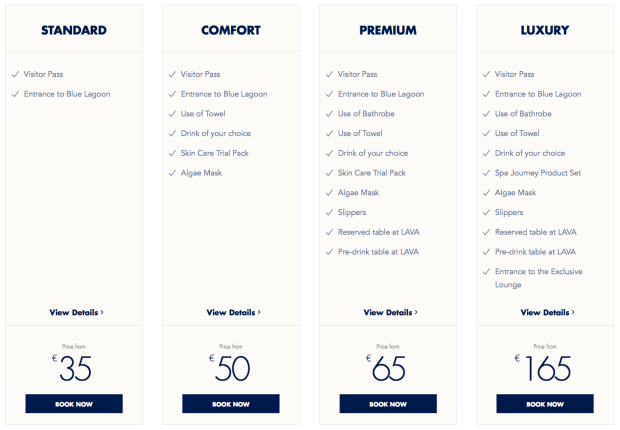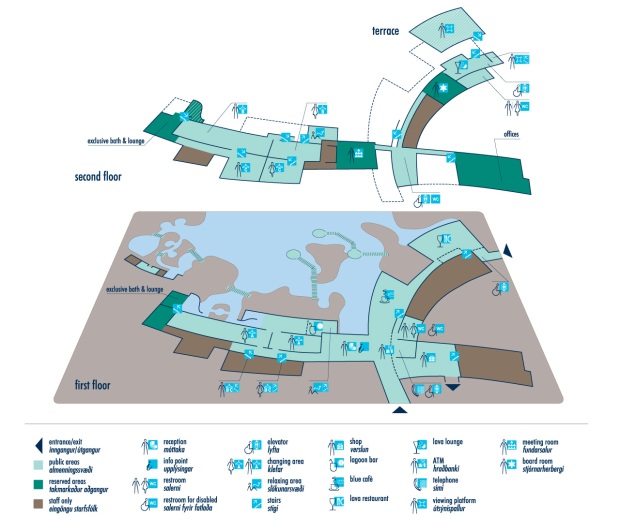After exactly one year of waiting, I finally completed my G a few weeks ago. I can finally say that I’m a real adult! This is the second part on how to get your G Driver’s License in Ontario. You can first part on how to get G2 here.
Just like last year, I went to a smaller town to do my road test. Instead of going to Oshawa though, I went to Guelph this year. One main benefit of going to Guelph is the fact that the closest freeway/highway to the test centre has a speed limit of 70 km/h and is overall less congested than the 401.
Overall, the G2 Exit test is the same as the G2 Entrance (i.e. the first road test) with the exception of the highway driving. They will still be looking at your turns, your roadside stops, your parallel parking, etc. As long as you can drive on the highway safely and you passed your G2 Entrance test, you should be able to pass your G2 Exit test too.
TIPS: BOOKING IN ADVANCE
- Smaller towns often have less traffic and less aggressive drivers on the road. This can make it less stressful for you to be on the road when you’re taking the driving test. If you do go out of town for your driving test, be sure to go early and practice in the area so you get a feel for the roads.
- If you are testing during the summer (late June to early September), try to book as far in advance as possible so you don’t get stuck with a bad time. The best time of the day is in the late morning like 10:30 or mid-afternoon like 2.
- Just in case, you may want to get a few extra lessons from your previous driving instructor to make sure that you haven’t forgotten anything in the year (or more) that you’ve been driving without them.
TIPS: DAY OF THE TEST
- Go early and practice in the area that you will be tested in. This will help you catch any mistakes you may make before the test; make you feel more comfortable with the area; and get you back in the flow of driving.
- The test should last no longer than 25 minutes. You will drive onto the highway almost immediately and then get off at the first exit. If there is too much traffic for you to smoothly transition onto the highway at the speed limit, you will be taken back to where you got onto the highway the first time so that you can merge again. You will then be taken into a residential area where you will be asked to do a combination of an emergency stop, a three point turn, a parallel park and/or a downhill/uphill park. You will then head back to the test centre.
TIPS: AT THE TEST CENTER
- The MTO website suggests that you arrive at the test centre 30 minutes before your test. You may want to go 45 minutes earlier as there is usually a long line to register for the driving test.
- Reverse park into one of the available parking spots which are at the back of the building. This will make it easier for you to get out of the spot later during your test. It may take you a while to get into the spot but at least no one will be marking you at this time! (Or you can ask your fully licensed G driver to do it for you if you’re not quite there yet 😉 )
- Before heading into the centre, make note of: the Brand of your Car and the License Plate number.
- When you go into the centre, you will see two lines: on the left side there’s a line for general inquiries and on the right side there’s a line for driving test applicants. Go to the line for driving test applicants. It should take about 10 minutes to get to the front of the line.
- Once you get to the desk, the MTO employee will ask you for your G2 ID and then ask you for the following information (you will have to state this information, even though they can see some of it): your full name, your birth date, your address, and make and model of your car.
- The MTO employee will instruct you to sit inside of your car and wait for the tester to come out. My tester arrived a few minutes later than my appointment time but try to relax if that happens to you. Stressing out will only cause you to make mistakes!
- You will be asked to verify that your signals, brake light and horn work so make sure they do before you go in for the test.
- Once your tester gets in the car, the MTO employee will ask you how many times you’ve driven on a highway over 80 km/h as well as how many hours you have been driving in the last 6 months.
TIPS: SCORES
- The test is scored out of 100. You begin with 100 points and every time you make a mistake you will lose either 2 points for a minor mistake (indicated with a check mark) or 4 points for a major mistake (indicated with an x).
You need 70 points to pass so you can make 15 minor mistakes, 7 major mistakes or a combination of the two to pass. Major mistakes include failing to signal at intersections, during a lane change, etc. Minor mistakes include wide or tight turns, not checking intersections before you pass them, etc.
In the photo below, you will see my test and the types of things that they are looking for:
TIPS: DRIVING TEST
- This driving centre was less busy than any other that I’ve visited before. It seemed that there were only a handful of driving routes that students were being taken on. Exiting the plaza from the Silvercreek Pkwy entrance, you will head south until you reach Woodlawn. You make a right to head West on Woodlawn until you get to the entrance to the highway. You then make a left to head South on Highway 6.
Note that there is a rather short distance for you to accelerate onto the highway. If there was a lot of traffic and you could not merge at the speed limit, you will be asked to take a right at Willow Road and head west. At the first intersection, you will go back north on Marksam Road until you get to Speedvale Road where you make a right to head west and then you merge onto the highway from the right.
You will head south until you get to Willow Road where you will now make a left to head east. At Guelph Street, you will make a right into the residential area to do your emergency stop, parallel park and three point turn. You will then exit the residential area by heading back towards Willow Road to go east. Once you reach Dawson, you will make a left and then head north until you get back to the plaza which will be on your left side.
TIPS: AFTER THE TEST
- You will get a yellow sheet that confirms that you passed your test and you will be told to go back inside. Make sure that the tester writes that you have passed!
- Enter the line on the left side for general inquiries. They will give you a ticket. Wait until your number is called and then they will give you your temporary license. You won’t need to take a new photo and you won’t be asked to take an eye exam again. Congratulations on passing!!
- If you were like me and passed a few days before your license expires, head across the street to the Service Ontario to get your license renewed. It takes less than half an hour since it’s not as busy as other locations in Toronto.
TIPS: OTHER RESOURCES
- Like other drivers before me, there have been many who have taken their test in Guelph. If you want to research more routes, see some of these links below:
I hope this post helps you feel more prepared and informed to take the driving test.
GOOD LUCK!!



















